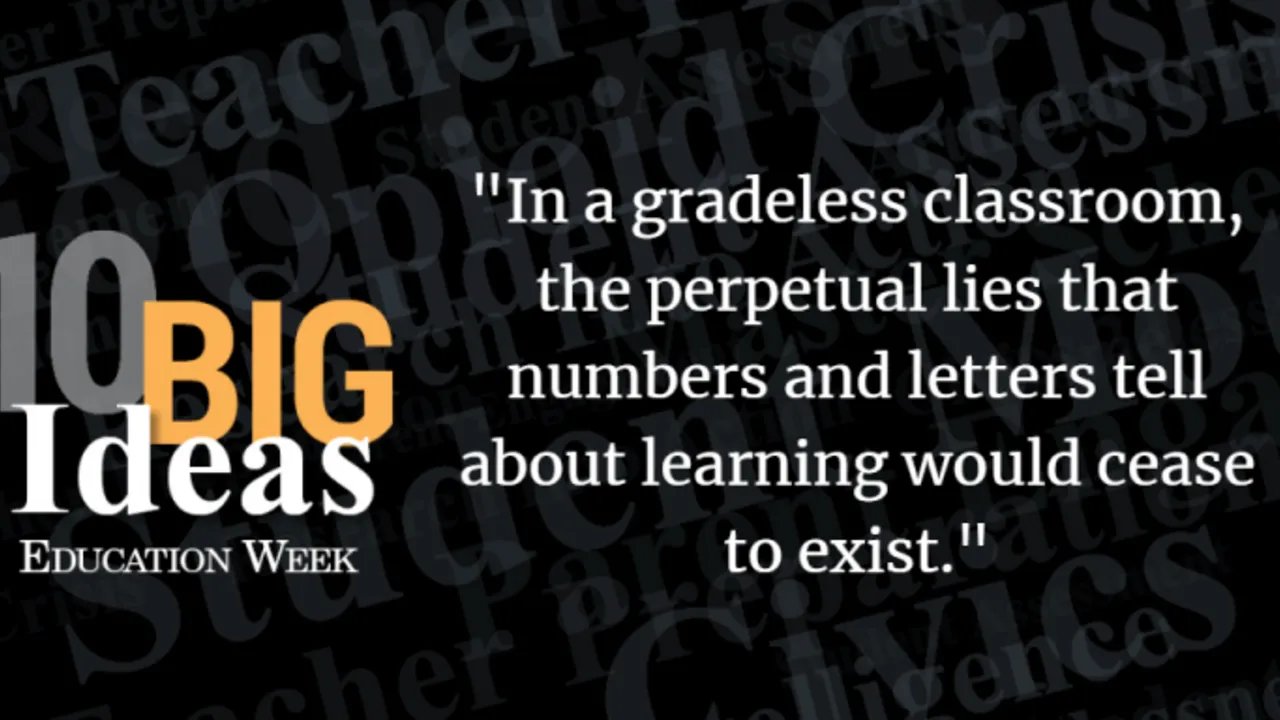Why Dissonance Is a Gift: Embracing Struggle in Project Based Learning
May 10, 2025
In most traditional classrooms, when students experience confusion, frustration, or uncertainty, it's seen as a problem to be solved — fast. Teachers might jump in quickly to clarify, provide answers, or remove obstacles. But in a Project Based Learning (PBL) environment, dissonance—the cognitive discomfort of not knowing—is not only tolerated, it's embraced.
Why? Because dissonance is where deep learning happens.
When students are stretched intellectually, forced to wrestle with challenging concepts, or pushed to think in new ways, they begin to develop the skills that will serve them long after the project is over: problem-solving, critical thinking, and resilience.
So, how can we foster a productive relationship with dissonance, so that it becomes a springboard for growth rather than a stumbling block?
Let’s explore.
🧠 What Is Dissonance, and Why Does It Matter?
Dissonance in learning refers to the tension students feel when they encounter something that doesn’t fit with what they know or expect. It’s the gap between current knowledge and new, conflicting information. This feeling of being "off-balance" is often uncomfortable. However, it’s in that discomfort that the brain is forced to adapt, adjust, and make sense of something new.
In a PBL environment, dissonance shows up in many forms:
- Students grappling with a challenging project question.
- Research that leads them down a confusing or unexpected path.
- Group disagreements on how to approach a solution.
- Uncertainty about how to start or where to go next.
This cognitive discomfort can feel unsettling for both students and teachers. But when approached intentionally, dissonance becomes a powerful tool for engagement, problem-solving, and mastery.
Productive struggle occurs when students are challenged but not overwhelmed
🎯 Why Embrace Dissonance?
In traditional education, students are often shielded from dissonance. The teacher gives them the tools, answers, and guidance they need to avoid confusion or discomfort. But in real life, problems don’t come with a step-by-step manual, and the world doesn’t hand out answers on a silver platter.
Here’s why embracing dissonance is critical:
- Encourages Deep Thinking: When students are faced with dissonance, they have to think critically and flexibly to make sense of what they don’t understand.
- Promotes Persistence: Struggling through a difficult problem teaches students how to persist in the face of challenges, building resilience.
- Fosters Ownership: Students begin to take ownership of their learning, seeking out resources, revising their ideas, and taking initiative to solve problems.
- Develops Problem-Solving Skills: The discomfort of not knowing how to proceed forces students to develop strategies for navigating uncertainty.
By embracing dissonance, we encourage students to stay in the struggle instead of retreating into familiar, easy answers.

💡 How to Foster Dissonance in the Classroom
So, how can we create opportunities for dissonance in our PBL classrooms while ensuring that students don’t feel lost or discouraged?
- Design Challenging, Open-Ended Questions
The heart of any PBL unit is the driving question. To encourage dissonance, your questions should be complex and open-ended — they should not have easy answers, and students should not be able to simply Google their way to a solution.
Examples:
- How can we reduce food waste in our school cafeteria?
- In what ways can technology be used to improve access to education in remote areas?
These questions should require students to research, explore, and synthesize a range of ideas before coming to conclusions. The beauty of open-ended questions is that they generate more questions, which fuels inquiry and keeps students engaged in the learning process.
- Allow for Uncertainty and Exploration
It’s tempting to give students clear instructions, but in PBL, the path to answers should feel like a journey of discovery. Students need the space to explore and make mistakes along the way.
Create an environment where:
- Students have autonomy in how they explore their project questions.
- Dead ends and unexpected results are seen as part of the learning process, not failure.
- Time for brainstorming and trial-and-error is built into your schedule.
When students are allowed to engage in the process of discovery, they experience productive dissonance — and it’s this journey of exploration that leads to the "aha!" moments.
- Encourage Productive Struggle
Productive struggle occurs when students are challenged but not overwhelmed. To manage dissonance, balance difficult tasks with adequate support.
Try this:
- Scaffold the experience: Break down the project into phases where students can tackle smaller challenges that build toward the final outcome.
- Provide just-in-time support: When students hit a roadblock, instead of giving them the answer, ask guiding questions that help them reflect on their thinking.
- Facilitate peer-to-peer problem solving: Encourage students to seek help from each other when they encounter difficulties, fostering a collaborative approach to overcoming challenges.
Supporting Students Through Dissonance
While dissonance is a powerful learning tool, it can also be uncomfortable. Some students may feel frustrated, stuck, or unsure how to proceed. Here’s how to support them:
- Normalize the Struggle
Let students know that feeling uncomfortable and unsure is a normal part of the learning process. Share your own experiences of grappling with difficult problems. The more they see that struggle is a natural part of growth, the more likely they are to stay with it.
- Provide Reflection Opportunities
Allow students to reflect on their journey — both the wins and the setbacks. When students reflect on the struggle and how they navigated it, they gain confidence in their ability to work through challenges.
- Use Formative Feedback
Instead of waiting until the end of the project to provide feedback, offer timely, formative feedback that helps students adjust their thinking while they’re still working through the process. This allows them to course-correct without becoming overwhelmed.
🏁 Final Thoughts: Dissonance Is a Gift, Not a Curse
At first glance, dissonance may seem like something to avoid. It’s uncomfortable, it’s messy, and it doesn’t fit neatly into the lesson plan. But when we embrace it — when we design projects that intentionally create space for students to experience struggle — we set the stage for the most meaningful learning.
Because when students work through confusion, frustration, and uncertainty, they don’t just find answers — they find themselves. They develop critical skills that will serve them far beyond the classroom, from problem-solving to resilience to a lifelong love of learning.
Dissonance is not something to fear. It’s a gift. And when students learn how to navigate it, they become stronger, more independent thinkers and creators.
Recourses

Read Hacking Project Based Learning
The Ultimate Guide to Project Based Learning
Main photo by Antoni Shkraba via pexels
Mid post photo by Alena Darmel via pexels





